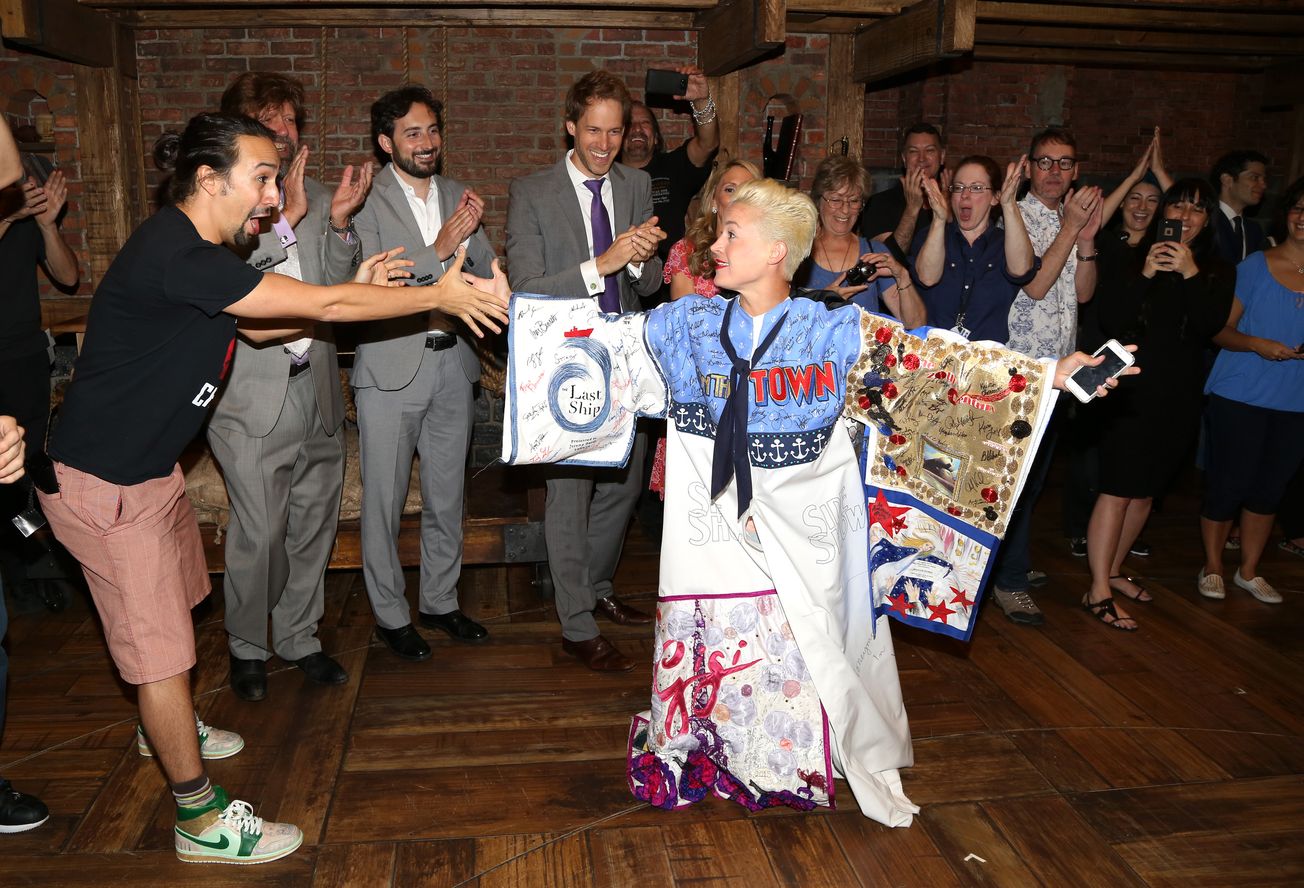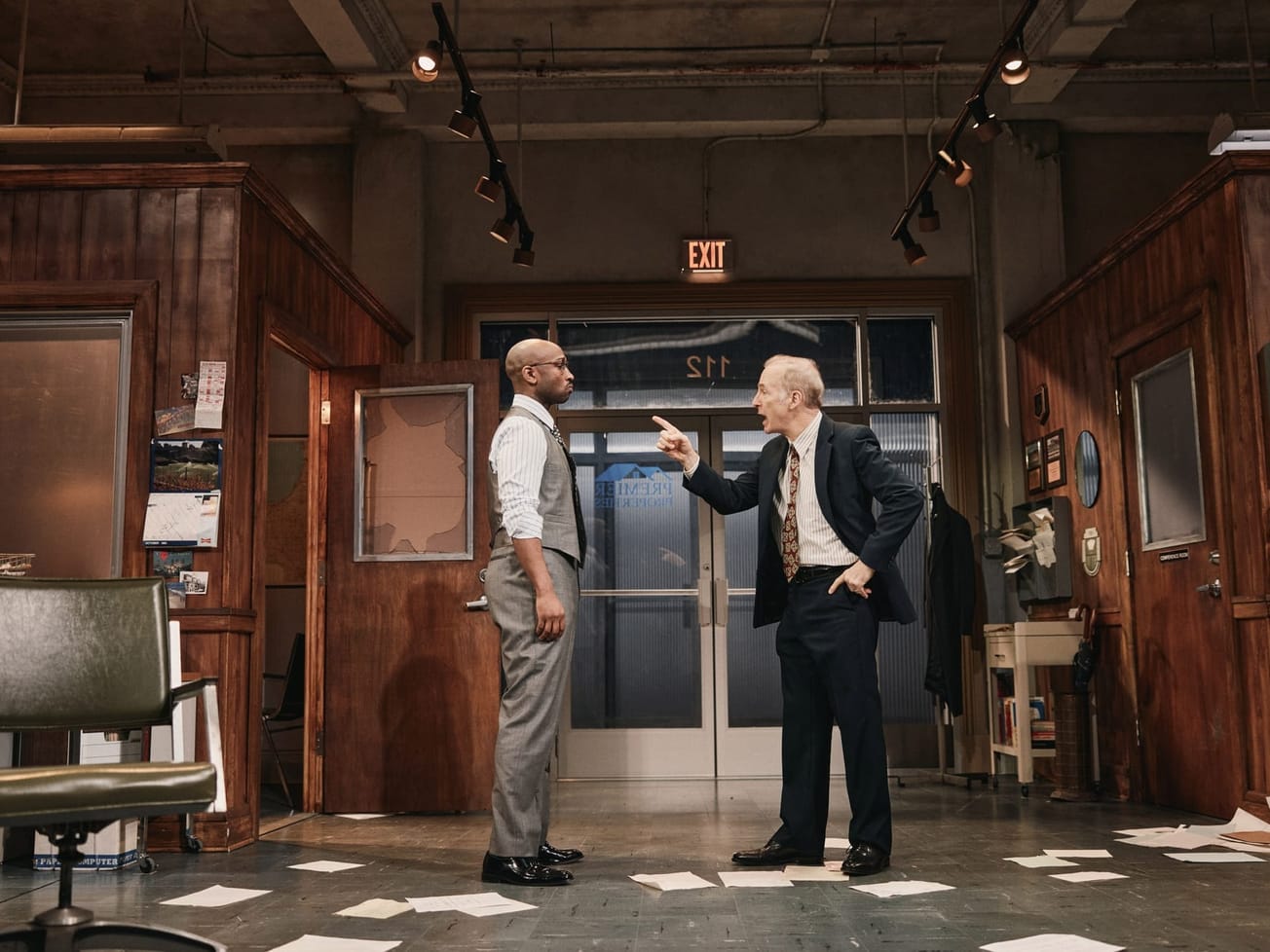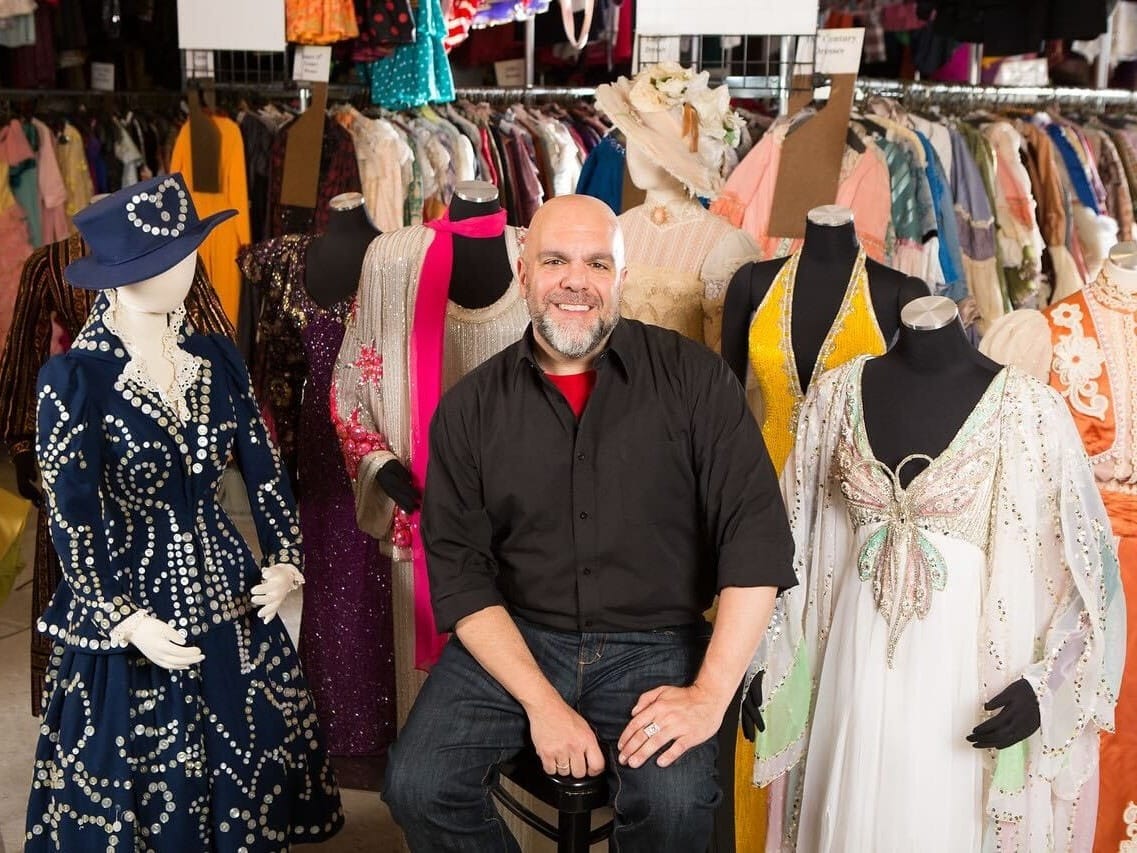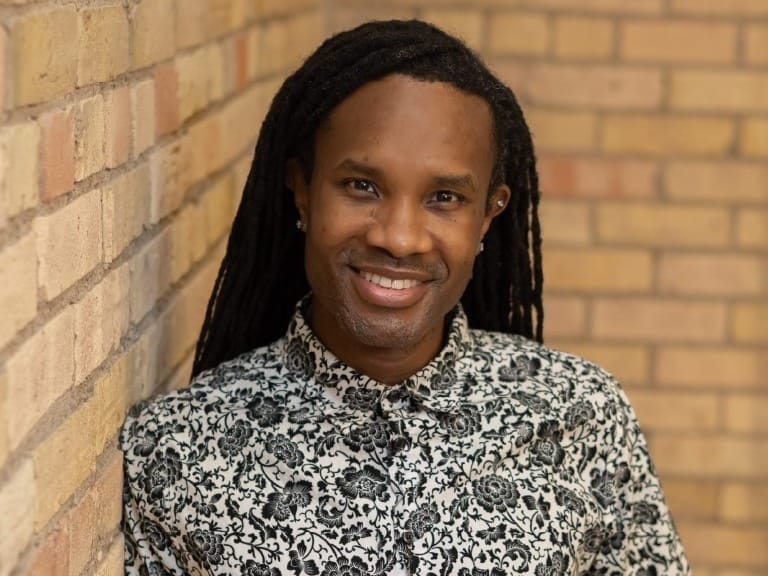The Gypsy Robe is changing its name.
After hearing concerns about the insensitivity of the name, the Actors’ Equity Association has voted to rename the robe that is awarded to the chorus member with the highest number of Broadway credits on opening night of a show. The name change will be put in place next season and the more than 60-year-old tradition of the robe will continue.
The idea to change the name officially reached Equity this year. The union was spurred on by members and the emergence of socially conscious movements such as #MeToo and Black Lives Matter in what Kim Jordan, chair of Equity’s advisory committee on chorus affairs, sees as a time to “be aware.”
“It’s the time in which we live,” Jordan said. “I think it’s inappropriate for a union to appropriate a people’s name that we shouldn’t be using.”
Equity’s national council voted for the change in a nearly unanimous voice vote Tuesday.
The union is encouraging members to vote online for a new name for the robe, with options including the Baum Bradley Robe, the Legacy Robe, the Chorus Robe, The Robe and the Rose Robe.
The decision to change the name has already been met with some pushback, as Johnson notes many in the community have viewed being designated a “gypsy” as a matter of pride.
That was initially the position of Jen Cody, a two-time recipient of the robe, who felt the robe and the tradition it stands for is “what makes an opening night.”
“At the beginning I was so vehemently against it,” Cody said. “I would cry. I would get furious when people were talking about changing it to me.”
However, Cody, who is also an Equity chorus councilor in the eastern region, had a change of heart after researching the origins of the word as an ethnic slur.
“I realized it really doesn’t matter what it’s called,” she said. “I don’t think it changes what it is.”
The tradition of the Gypsy Robe dates back to 1950, when Bill Bradley, a chorus member of “Gentlemen Prefer Blondes” borrowed a dressing gown from fellow chorus member Florence Baum. He then sent that robe to Arthur Partington, a chorus member in “Call Me Madam,” with the joke that it was worn by some of the Ziegfeld Follies. Partington added a rose from a gown worn by his show’s star, Ethel Merman, and sent it to a chorus member in “Guys and Dolls,” setting up the current tradition.
As it stands now, once the robe is awarded on opening night to the chorus member with the most credits, that member circles the stage three times so that cast members can touch the robe. He or she later visits each dressing room of the theater. The musical then adds a patch to the robe and passes it on to the next musical.
The last show to use the Gypsy Robe under that name will be “Summer: The Donna Summer Musical,” which has an opening on April 23.
Though Cody said she thinks it will take some time for the Broadway community to come to terms with a new name, she believes it’s something that will be looked back on as a positive change.
“I think it’s our job to move forward and lead the way,” Cody said.


























































